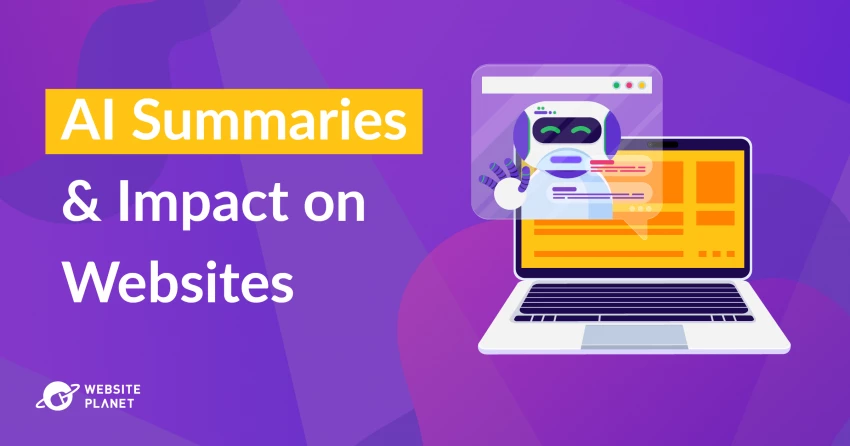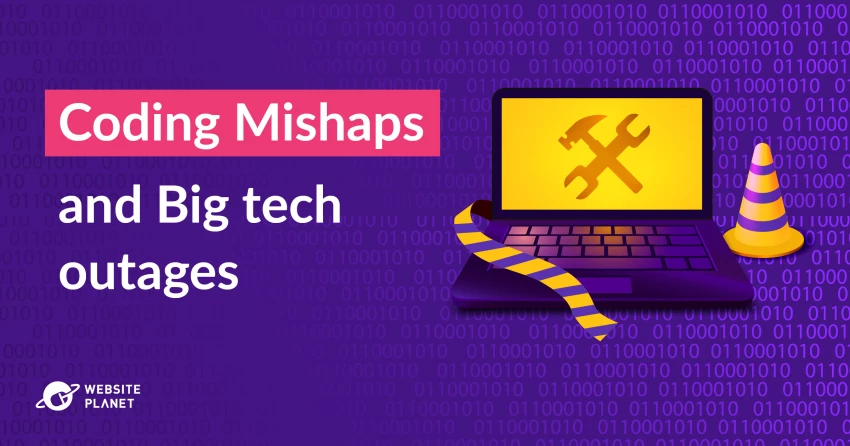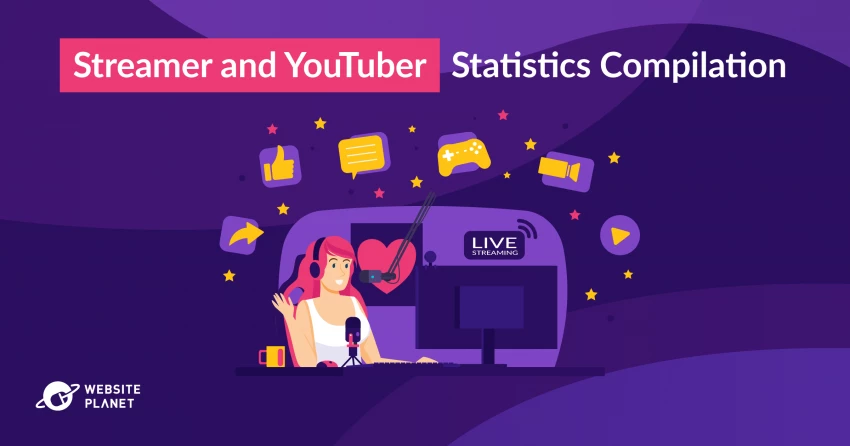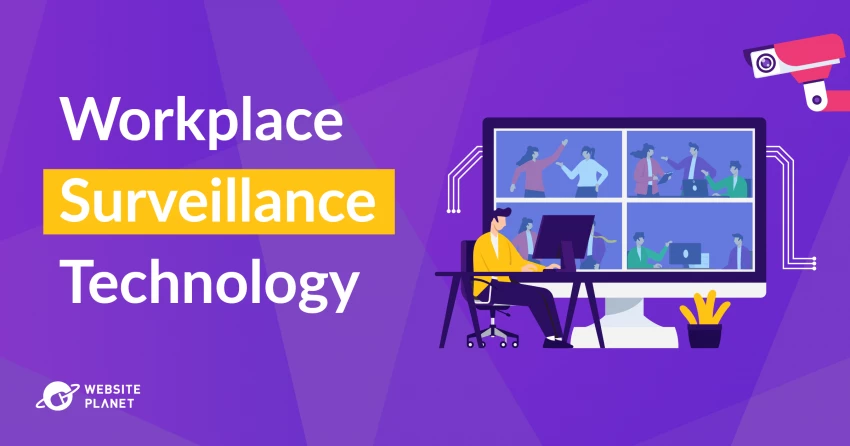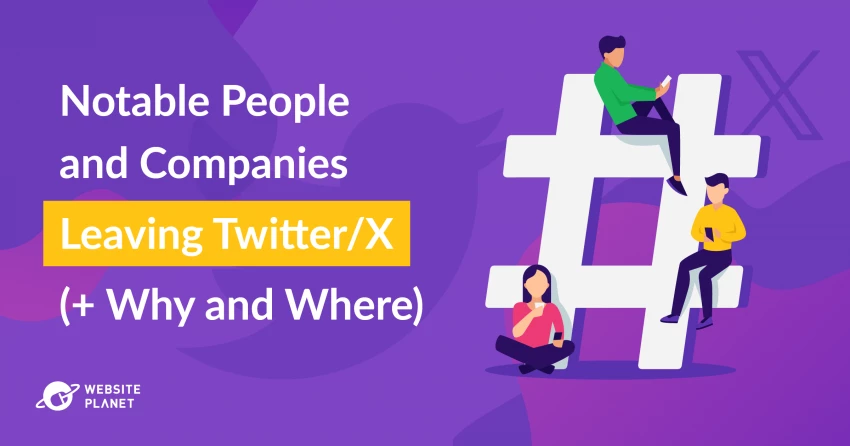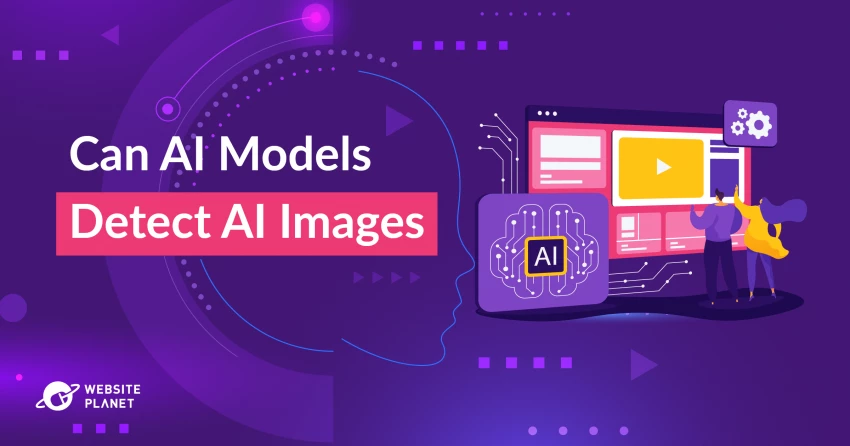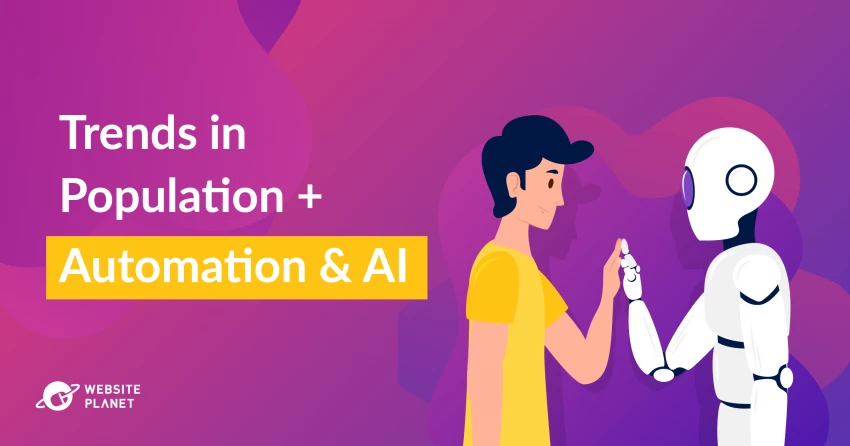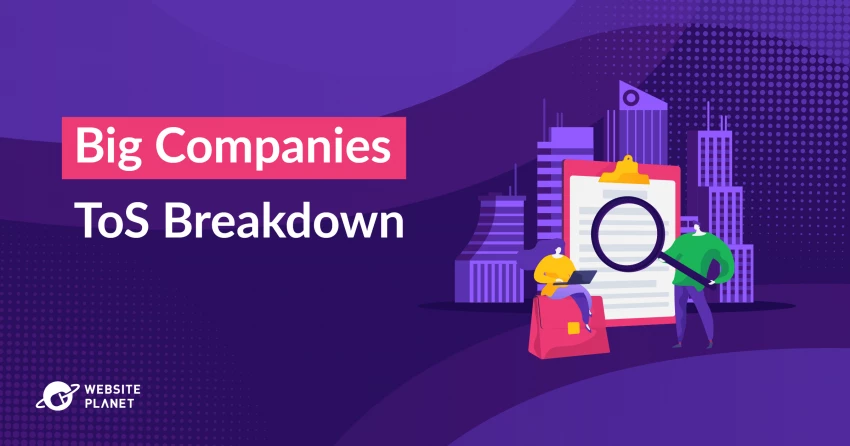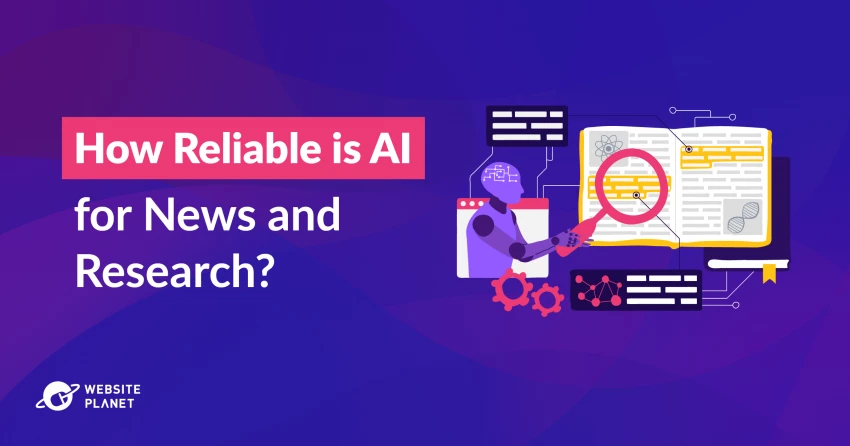Key Takeaways
- Out of 100 Google searches, 39 returned with AI summaries.
- With an average growth of 241%, informational websites saw the highest increase in organic traffic after AI Overviews, while at the same time experiencing some of the steepest declines (-76%).
- Commercial websites experienced a 153% increase in organic traffic, with no traffic declines recorded.
- Zero-click searches are rising, with AI Overviews now on 31% of SERPs and CTR for top organic results dropping by 34.5% in some cases.
- Google’s search revenue jumped 10% YoY after AI rollouts, while cost-per-click rose for 87% of industries.
Introduction
Google’s search experience is undergoing a revolution. With the rollout of AI-generated summaries – dubbed AI Overviews – users are now getting direct, synthesized answers at the top of search results, often without needing to click any further. For users, this can mean faster answers. For websites that rely on search traffic, it’s a seismic shift.
Underneath it all lies a deeper question: is this simply an evolution in how we search, or is Google quietly capturing more of the web’s traffic for itself?
We at Website Planet conducted an analysis to assess the impact of AI Overviews, who’s benefiting, who’s being left behind, and why this matters going forward.
Who’s Winning and Losing in the AI Search Shift?
For the purpose of this analysis, we conducted 100 Google searches across 20 different categories, with five representative questions per category.
We found that out of 100 Google searches, 39 returned with AI summaries, while 28 returned results with no AI-generated content. The remaining 33 searches displayed multiple source links with thumbnails instead of summarizing a single page.
In the table below, you can see the categories and questions included in the analysis, with the questions that returned with AI summaries marked with green.
Looking at the results, The Science & Environment category topped all other categories in the study in terms of AI Overviews, with one appearing in all 5 searches. That is followed by Business & Startups, Marketing & SEO, Parenting & Family, and Technology & AI, with 3 out of 5 questions in each of these categories returning with an AI Overview.
On the other hand, no AI Overview was available for any of the questions in the Food & Beverages category. Instead, 4 searches resulted in traditional, organic listings and 1 search showed content from multiple sources.
This near-even split between summary-based, multi-source, and traditional result formats suggests that Google is still experimenting with when and how to show AI-generated content.
After conducting the Google searches, we captured the URLs of search results that featured a Google AI Overview summary to assess its impact. Of the 39 URLs with AI summaries, we analyzed only the 27 that were already active before May 2024, as these are the ones that could give us insights into traffic trends pre and post Google AI Overview.
We downloaded Ahrefs’ historical traffic data for all 27 URLs, and then we calculated the average monthly organic traffic for each of the sites. We compared data across two time periods: from June 2020 to April 2024 (before AI Overviews) and from May 2024 to May 2025 (after AI Overviews). For each URL, we also calculated the percentage growth or decline in traffic after the AI Overview feature was launched.
As you can see in the table above, we classified the websites into three main categories: informational, institutional, and commercial sites. Among them, informational websites saw the highest average increase in organic traffic, with an average growth of 241%.
This growth can be attributed to some informational sites experiencing extraordinary surges, even if some others saw a significant decrease in traffic. For instance, guides.vpcc.edu had a remarkable 1,933% increase, going from only 3 visits per month to an average of 61 monthly clicks after AI Overviews were implemented. On the other hand, nerdfitness.com experienced a 76% drop in organic traffic, which is the biggest decrease in average monthly visits recorded in our research.
Other sites also faced substantial decreases, like computer.howstuffworks.com (-72%) and sciencedaily.com (-43%). This suggests that while AI Overviews can dramatically boost traffic for certain informational sites, especially if linked in the AI Overview itself, it may reduce the visibility of others.
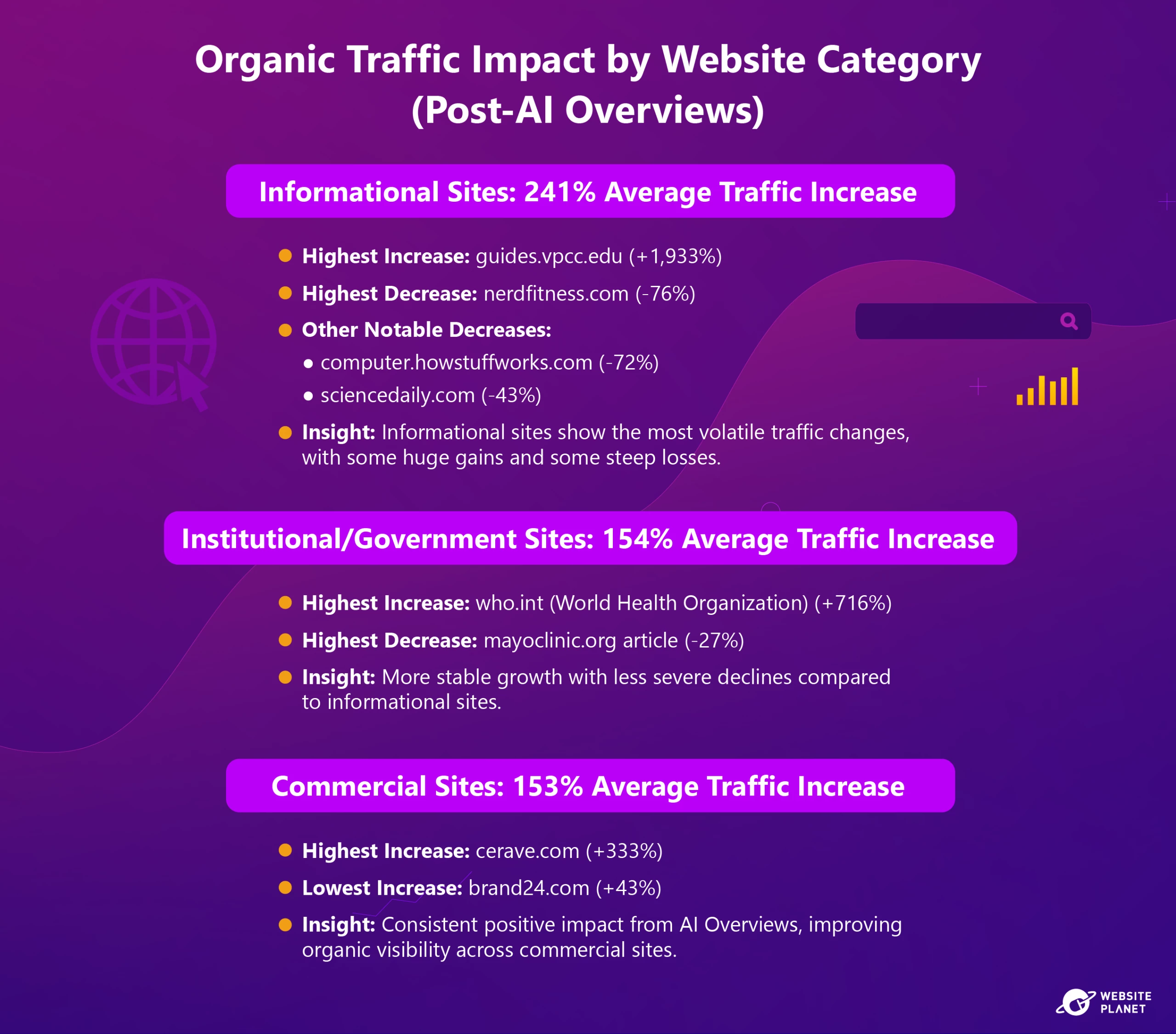
Institutional and government websites saw a smaller but more stable average increase of 154%. This group includes authoritative organizations such as the World Health Organization, the United Nations, and various government agencies.
who.int had the highest increase within this category, with a 716% rise in organic traffic. Compared to informational sites, the declines were less severe, with the most notable decrease being a 27% drop for a specific article on mayoclinic.org.
Interestingly, the other Mayo Clinic article included in our analysis actually saw a 12% increase in monthly visits after May 2025, suggesting that the impact of AI Overviews can vary even among different pieces of content on the same website.
Commercial websites experienced the most consistent gains, averaging a 153% increase in organic traffic. This group includes business-oriented sites such as securian.com, hubspot.com, and reviewtrackers.com. The largest increase in this category was 333% for cerave.com, while the smallest recorded increase was 43% for brand24.com.
Unlike the other categories, all commercial sites analyzed showed positive growth, indicating that AI Overviews have generally helped improve their organic visibility without the steep declines seen in informational sites.
Branded vs. Non-Branded Traffic
As part of our investigation into the effects of Google’s AI Overviews on search behavior, we analyzed the relationship between branded and non-branded organic traffic for 27 URLs featured in AI summaries. The former refers to visits from searches that include the brand or site name, whereas the latter applies only to visits from generic or topic-based search queries.
To quantify how closely these two types of traffic move together, we used the Pearson correlation coefficient — a statistical measure of the linear relationship between two variables, with values ranging from -1 to +1 and came up with a result of 0.24, which indicates a weak positive correlation.
This suggests that branded and non-branded traffic largely behave independently of each other in the post AI Overview period. It also implies that fluctuations in one type of traffic do not reliably predict similar changes in the other.
While this shift may reflect the growing influence of AI Overviews on generic, topic-based search visibility, other factors such as Google’s algorithm updates, seasonal trends, and evolving user behavior could also be contributing to certain sites’ traffic increase.
To see how AI Overviews impacted branded and non-branded traffic specifically, we also calculated the amount of monthly visits each website received before and after this feature was launched.
We found that doaj.org had the highest branded traffic prior to AI Overviews, averaging 67,533 monthly visits. This website remained at the top spot post-AI Overviews, increasing to 97,810 branded visits per month. This suggests that AI Overviews may be favoring authoritative, well-recognized institutional sites for brand-specific queries.
At the same time, dfpi.ca.gov saw the biggest rise in branded traffic, rising from only 3 to an average of 31 clicks (a 986% increase). At the other end, www.butte.edu experienced a dramatic 99% drop in branded traffic in the post AI Overviews period.
Our non-branded traffic analysis showed that www.mayoclinic.org held the top spot on the list, averaging 93,043 monthly clicks before AI Overviews. However, after the feature was launched, the top spot went to www.sba.gov, with an average of 154,423 monthly visits.
Meanwhile, guides.vpcc.edu recorded the highest non-branded growth at +1,707%, while www.nerdfitness.com had the biggest non-branded decline at -76%.
The Rise of “Zero-Click Searches”
According to Google’s Q1 2025 earnings report, AI Overviews are used by over 1.5 billion users every month. This, combined with featured snippets, knowledge panels, and other rich SERP elements provide users with instant answers, causing a significant decline in the share of searches that lead to website clicks.
Recent analyses from First Page Sage’s 2025 Google Click-Through Rate (CTR) report reveal that AI overviews now appear on roughly 31% of search result pages, seen most often in general information queries.
This is largely consistent with our findings, which showed that 39 AI Overviews out of 100 Google searches and a near-even split between summary-based, multi-source, and traditional result formats.
The report details that the top organic search result in 2025 receives an average CTR of 39.8%, a small increase compared to the year before (38.6%). However, the average click-through rates for the top 3 paid results has decreased from 1.7% to 1.5%, which is attributed directly to AI Overviews.
The report also found that AI Overviews themselves have CTRs ranging from 29.5% to 38.9%, indicating that users often find their answers directly on the search results page without needing to click through.
Research conducted by Ahrefs suggests that AI Overviews significantly reduce click-through rates to traditional organic listings, especially for non-branded, informational queries. Their analysis of 300,000 keywords revealed a 34.5% drop in click-through rates for the top organic search result on informational queries when AI Overviews are present.
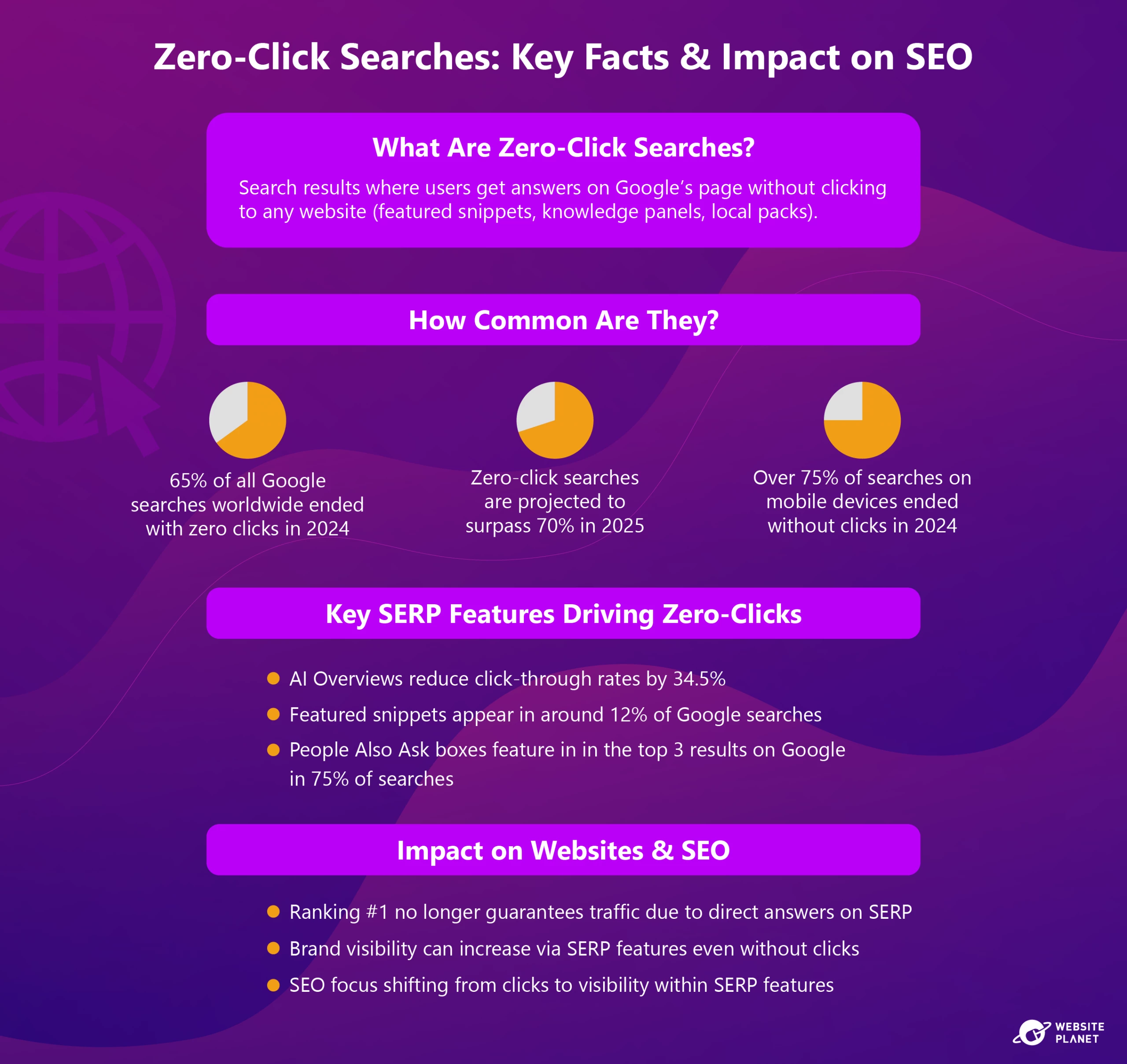
Similarly, after analyzing 700,000 keywords from 10 websites spanning 5 industries, Amsive found an average drop in CTR of about 15.49% when AI Overviews appear in search results. Keywords not ranking in the Top 3 positions saw an even steeper CTR decline of 27.04%, indicating that AI Overviews disproportionately affect lower-ranking organic results.
The study also found a 19.98% decline in CTR on non-branded keywords, which are more likely to trigger AI Overviews than branded keywords due to their informational and generic nature. Interestingly, branded keywords that triggered AI Overviews prompted a +18.68% CTR boost. This is likely due to stronger user intent and brand recognition, which encourages clicks despite the AI summary.
Studies and industry analyses focusing specifically on affiliate and product review sites also show that Google’s AI Overviews significantly affect users’ click habits. While top authoritative sites featured in AI Overviews gain increased visibility and can capture valuable top-of-funnel traffic, smaller or niche sites frequently experience declines in organic visits.
Why Google Wins Even When Websites Lose
With many websites facing challenges, Google emerges as the true winner from AI’s integration into search. AI-generated summaries have significantly changed the way in which users interact with Google, with research suggesting more frequent visits but shorter sessions.
For instance, an analysis conducted by SEJournal and Similarweb, which took into account a massive sample of search activity across the US, UK, and Germany found that users are actually spending less time on Google than before. This may be attributed to them finding the answer to their queries more quickly.
However, the same study found that Google visits increased by 9% in the US following the AI Overview rollout. This increases the opportunity for Google to serve ads and generate higher advertising revenue.
Not surprisingly, Google’s search revenue grew 10% year-over-year to $50.7 billion following the AI Overview rollout. This surge in search revenue is also linked to businesses shifting their marketing strategies. As AI summaries reduce organic click-through rates on traditional websites, businesses increasingly invest in paid search ads to maintain visibility.
According to WordStream’s 2025 Google Ads Benchmarks, the average cost per click (CPC) across industries is $5.26. Their data reveals an increase in CPC for 87% of industries. This trend is particularly present in high-demand industries like e-commerce, real estate, and finance. This can be attributed in part to AI Overviews, but other factors such as rising competition and unstable SERP conditions also play a big part.
As Google continues to deepen AI integration with projects like Gemini and plans to evolve Search into a more assistant-like experience, it is clear that AI is central to Google’s strategy for maintaining dominance and growth in the search and advertising markets in 2025.
What’s Next? Adapting to AI Overviews
With Google’s AI-generated summaries becoming a central feature of search results, businesses face a critical question: Is traditional SEO still worth the investment in 2025?
SEO is far from dead, but it is evolving rapidly. AI-driven search algorithms now prioritize content that understands user intent and offers comprehensive answers, so simple keyword targeting may no longer be enough.
Here are a few tips on how brands can maintain visibility in the post AI-Overview era:
- Prioritize in-depth, semantically structured content that addresses related questions.
- Use structured data and schema markup to increase the chances of being featured in AI-driven results.
- Focus on building authority through expert content and credible backlinks, as AI increasingly values expertise and reliability.
- Use AI tools to streamline SEO tasks but combine them with human creativity to provide unique insights or exclusive data.
- Adapt to new search formats such as voice and visual search, which are gaining traction alongside AI summaries.
Conclusion
Google’s AI Overviews are fundamentally reshaping how people search and interact with information online. While some industries — particularly government and institutional sites — are seeing remarkable traffic gains, many businesses and publishers are struggling with reduced clicks and visibility.
The rise of AI Overviews marks not just a change in search habits but potentially the start of a much larger shift in the search ecosystem — one that could redefine how information is accessed and who ultimately benefits from it.
As Google increasingly controls more of the organic search experience through AI-generated summaries, companies must rethink their strategies to stay relevant and visible. The question now is: How will businesses adapt to thrive in this evolving landscape?
